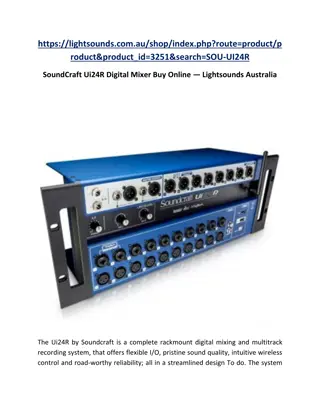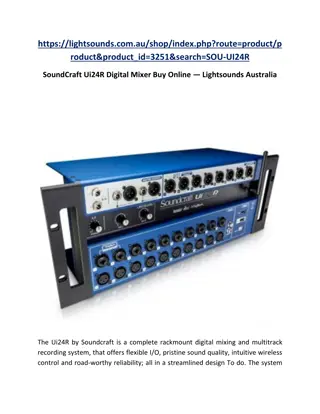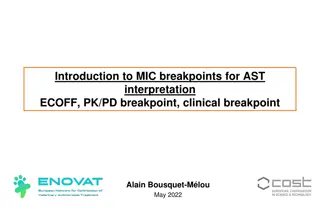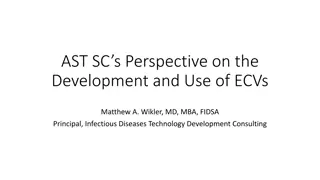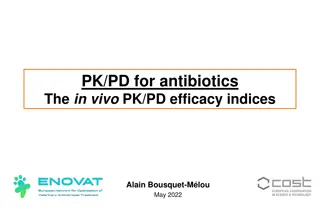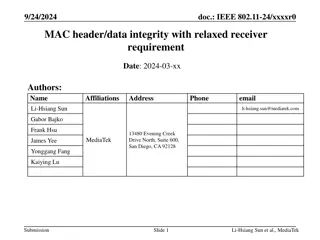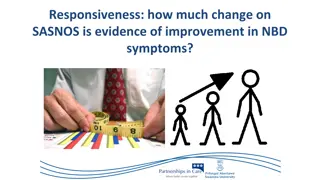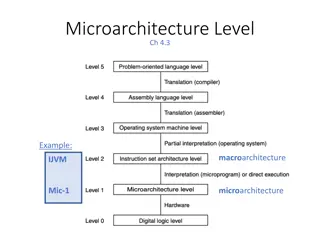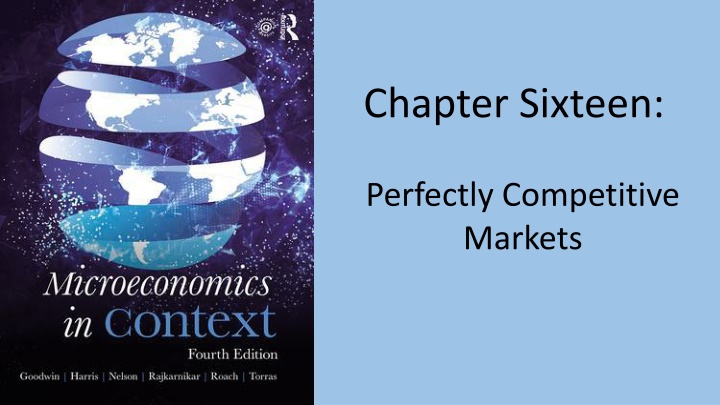
Understanding Perfectly Competitive Markets
Explore the dynamics of perfectly competitive markets, including demand curves, profit maximization strategies, and the impact of market conditions on individual production decisions. Gain insights into the relationship between supply and demand in the corn market and the effects of price changes.
Download Presentation

Please find below an Image/Link to download the presentation.
The content on the website is provided AS IS for your information and personal use only. It may not be sold, licensed, or shared on other websites without obtaining consent from the author. If you encounter any issues during the download, it is possible that the publisher has removed the file from their server.
You are allowed to download the files provided on this website for personal or commercial use, subject to the condition that they are used lawfully. All files are the property of their respective owners.
The content on the website is provided AS IS for your information and personal use only. It may not be sold, licensed, or shared on other websites without obtaining consent from the author.
E N D
Presentation Transcript
Chapter Sixteen: Perfectly Competitive Markets
Figure 16.1 The Demand Curve for a Perfectly Figure 16.1 The Demand Curve for a Perfectly Competitive Seller Competitive Seller
Figure 16.2 Total Revenues Figure 16.2 Total Revenues
Table 16.1 Profit Maximization, Based on Analysis of Total Table 16.1 Profit Maximization, Based on Analysis of Total Costs and Total Revenues Costs and Total Revenues
Figure 16.3 Profit Maximization, Based on Analysis of Figure 16.3 Profit Maximization, Based on Analysis of Total Costs and Total Revenues Total Costs and Total Revenues
Table 16.2 Profit Maximization, Based on Analysis of Table 16.2 Profit Maximization, Based on Analysis of Marginal Costs and Marginal Revenues Marginal Costs and Marginal Revenues
Figure 16.4 Profit Maximization Based on Marginal Figure 16.4 Profit Maximization Based on Marginal Analysis Analysis
Figure 16.5 An Increase in Supply as More Farmers Enter Figure 16.5 An Increase in Supply as More Farmers Enter the Corn Market the Corn Market
Figure 16.6 The Relationship Between Market Conditions Figure 16.6 The Relationship Between Market Conditions and Individual Production Decisions and Individual Production Decisions
Table 16.3 Impact of a Decrease in Corn Prices Table 16.3 Impact of a Decrease in Corn Prices
Figure 16.7 The Relationship Between Average Total Figure 16.7 The Relationship Between Average Total Costs and Marginal Costs Costs and Marginal Costs
Figure 16.8 The Relationship Between Average Total Figure 16.8 The Relationship Between Average Total Costs, Marginal Costs, and Average Variable Costs Costs, Marginal Costs, and Average Variable Costs
Figure 16.9 The Relationship Between Cost Curves and Figure 16.9 The Relationship Between Cost Curves and Areas of Total Costs, Fixed Costs, and Variable Costs Areas of Total Costs, Fixed Costs, and Variable Costs
Figure 16.10 Positive Economic Profits Figure 16.10 Positive Economic Profits
Figure 16.11 Zero Economic Profits Figure 16.11 Zero Economic Profits The Perfectly Competitive Market Equilibrium Competitive Market Equilibrium The Perfectly
Figure 16.12 The Decision to Produce with Losses Figure 16.12 The Decision to Produce with Losses


